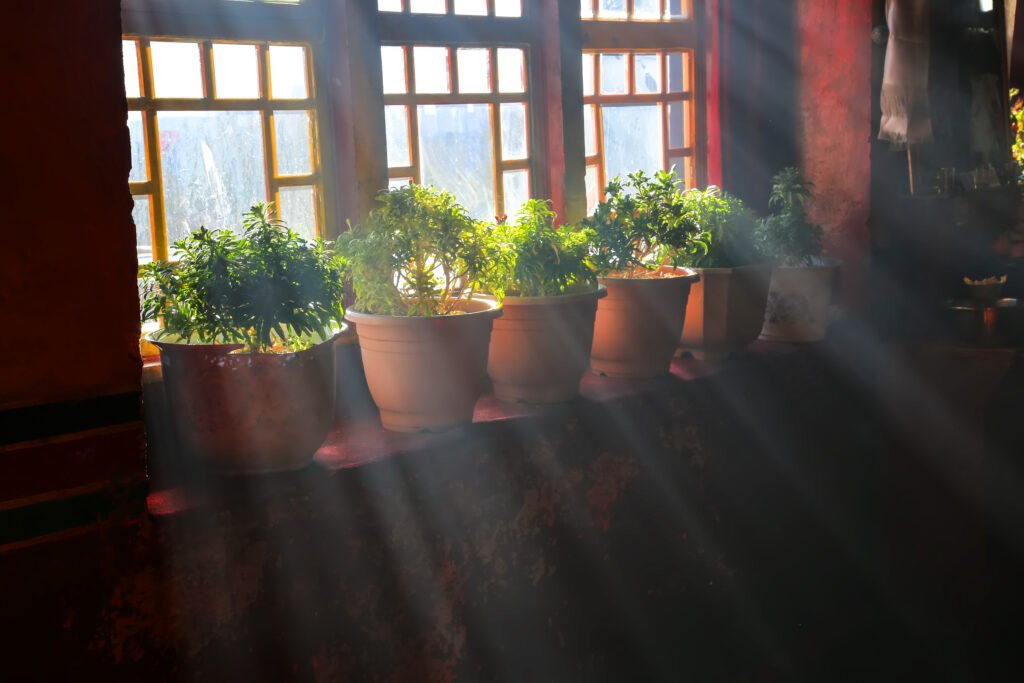Caring for indoor plants in winter requires a bit of adjustment due to the changes in temperature, light, and humidity. Here’s a guide to help you keep your indoor plants healthy during the colder months:
1. Adjust watering: Since indoor plants generally need less water during winter due to lower evaporation rates, adjust your watering schedule accordingly. Check the soil moisture before watering to avoid overwatering, which can lead to root rot. Water your plants when the top inch of soil feels dry, but be careful not to let them sit in standing water.
2. Monitor humidity: Central heating systems can reduce the humidity levels indoors, which can be detrimental to certain plants, especially tropical ones. Increase humidity by misting your plants regularly or placing a tray filled with water and pebbles near them. You can also invest in a humidifier to maintain optimal humidity levels.
3. Provide adequate light: Days are shorter in winter, so your plants may not receive as much natural light as they do in other seasons. Place your plants near windows where they can still receive sufficient sunlight, or consider supplementing natural light with artificial grow lights, especially for plants that require high light levels.
4. Watch for drafts: Cold drafts from windows or doors can harm sensitive plants. Make sure to keep your plants away from drafty areas to prevent damage to their foliage.
5. Avoid temperature extremes: Most indoor plants prefer temperatures between 65-75°F (18-24°C). Keep them away from heat sources such as radiators or vents, as well as cold drafts. If you’re comfortable, your plants are likely comfortable too.
6. Reduce fertilization: Plants typically go through a period of dormancy in winter, so they don’t require as much fertilizer during this time. You can reduce the frequency of fertilization or use a diluted fertilizer to avoid stressing the plants.
7. Prune sparingly: While it’s still okay to prune your plants to remove dead or diseased parts, avoid heavy pruning during winter, as this can stimulate new growth that may struggle to thrive in the lower light and temperature conditions.
8. Inspect for pests: Winter is a time when indoor pests like spider mites and mealybugs can become more prevalent due to the drier air. Regularly inspect your plants for any signs of pest infestation, such as webbing, sticky residue, or tiny insects, and take appropriate measures to control them if necessary.
By following these tips, you can help your indoor plants thrive even during the colder winter months

